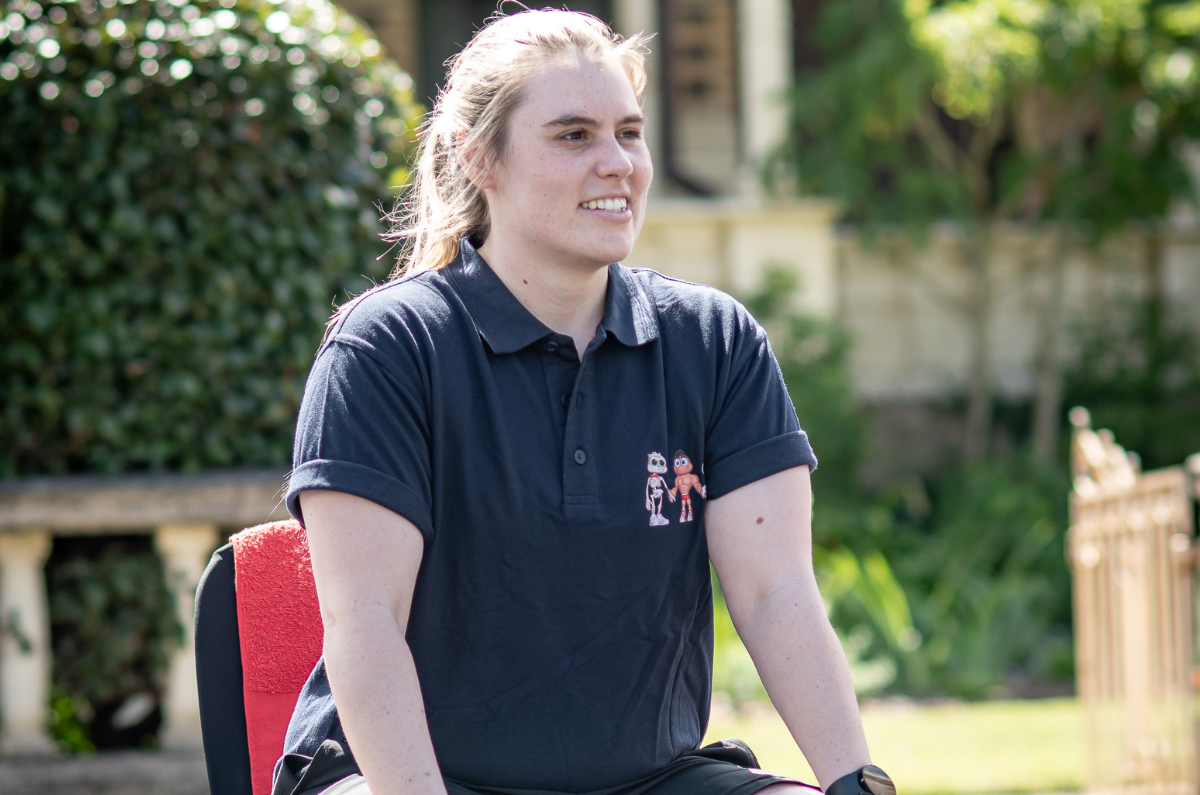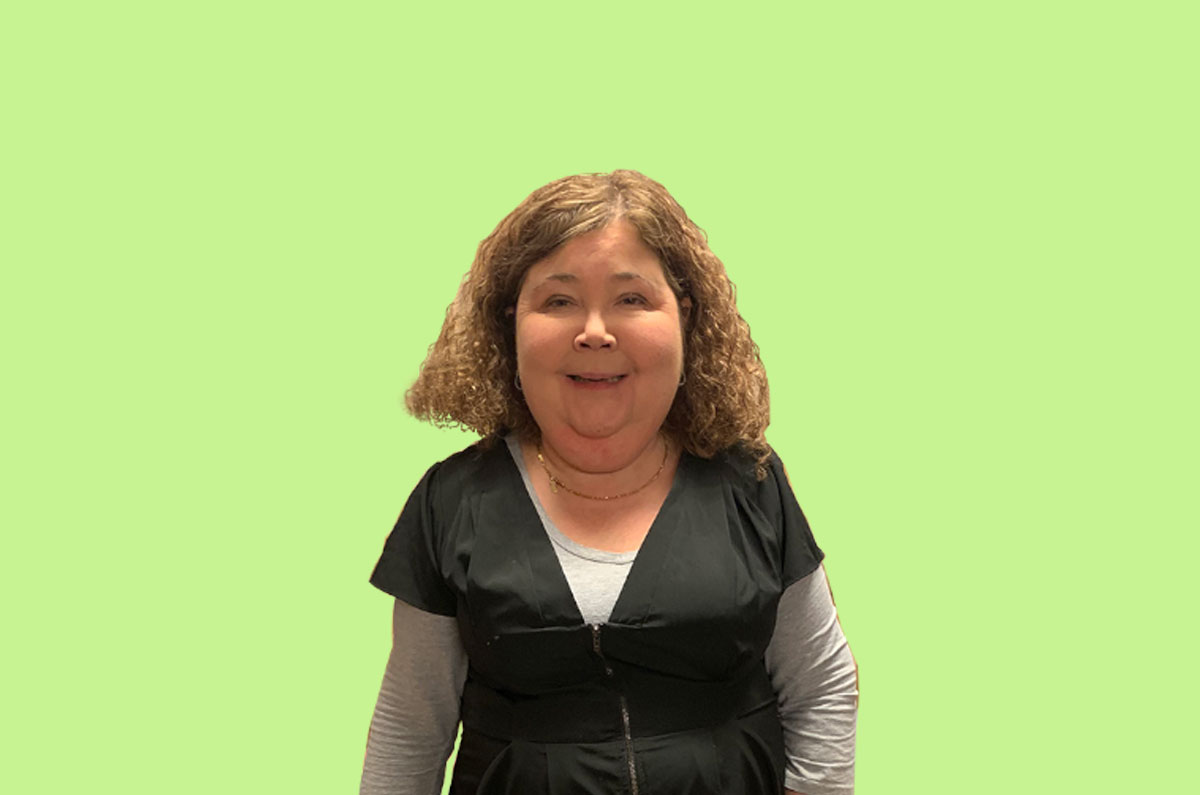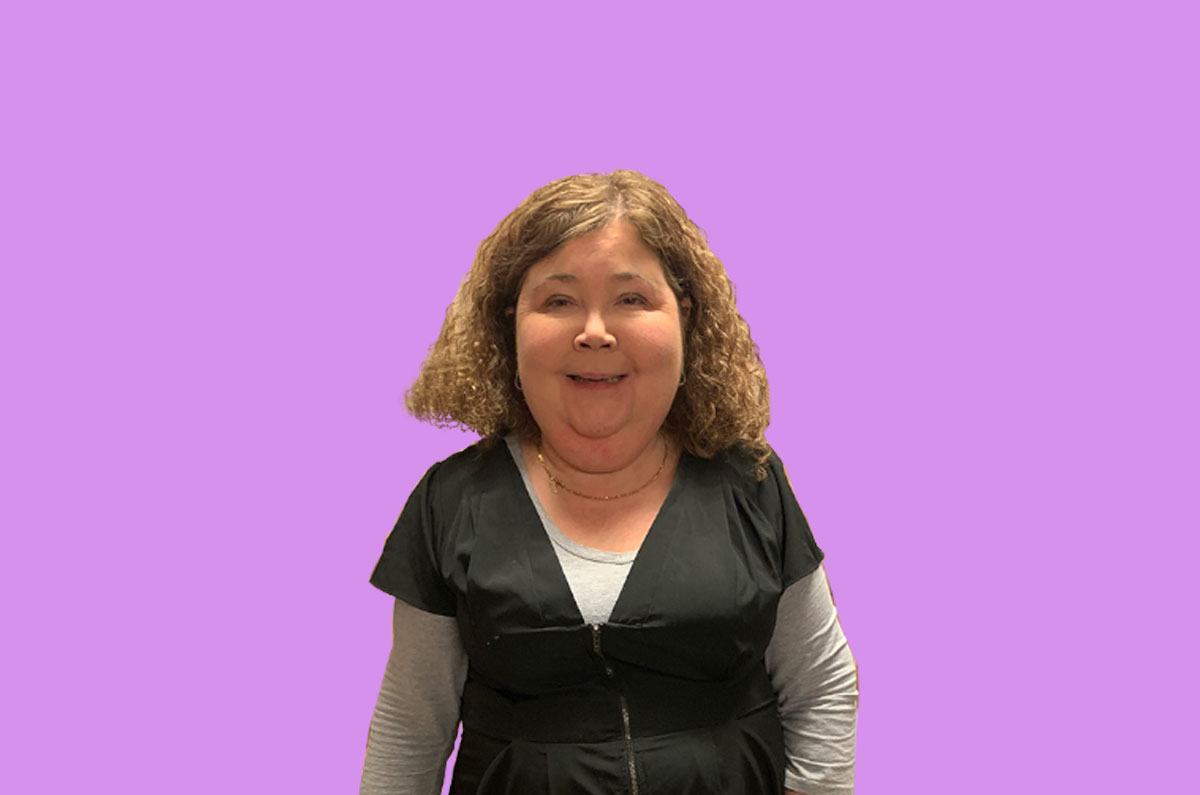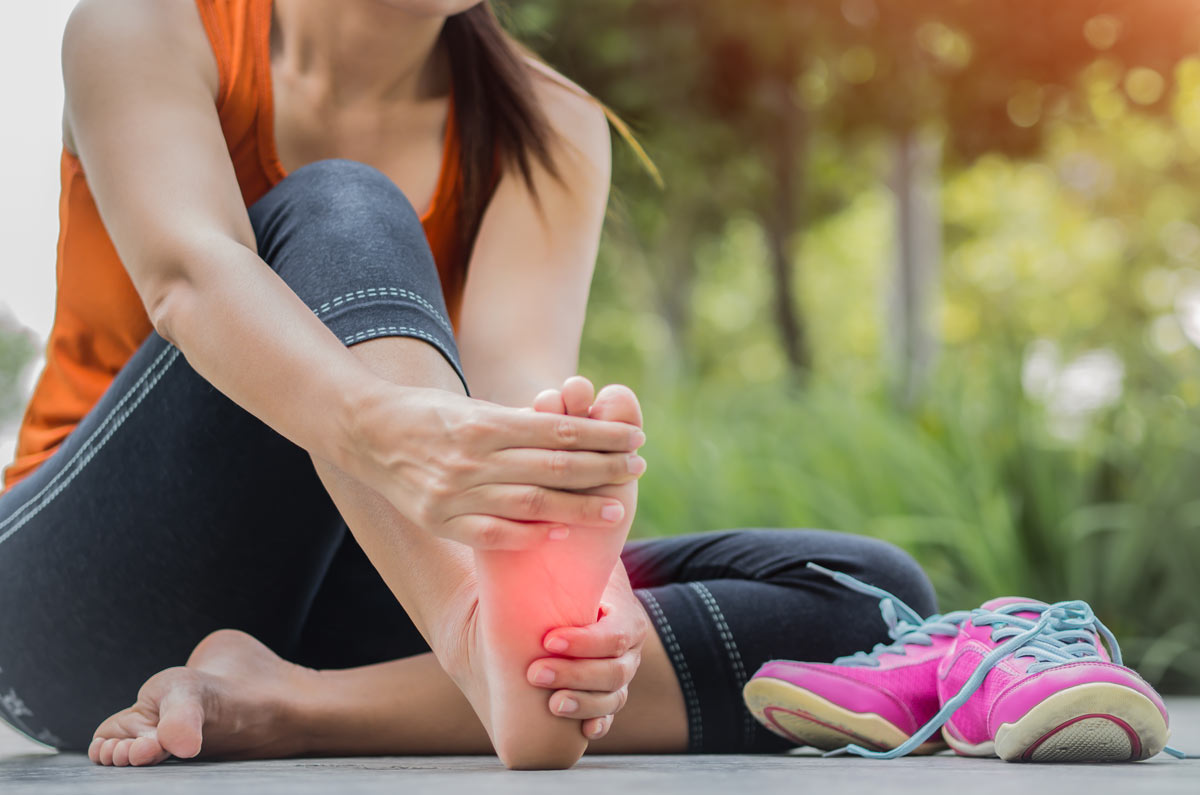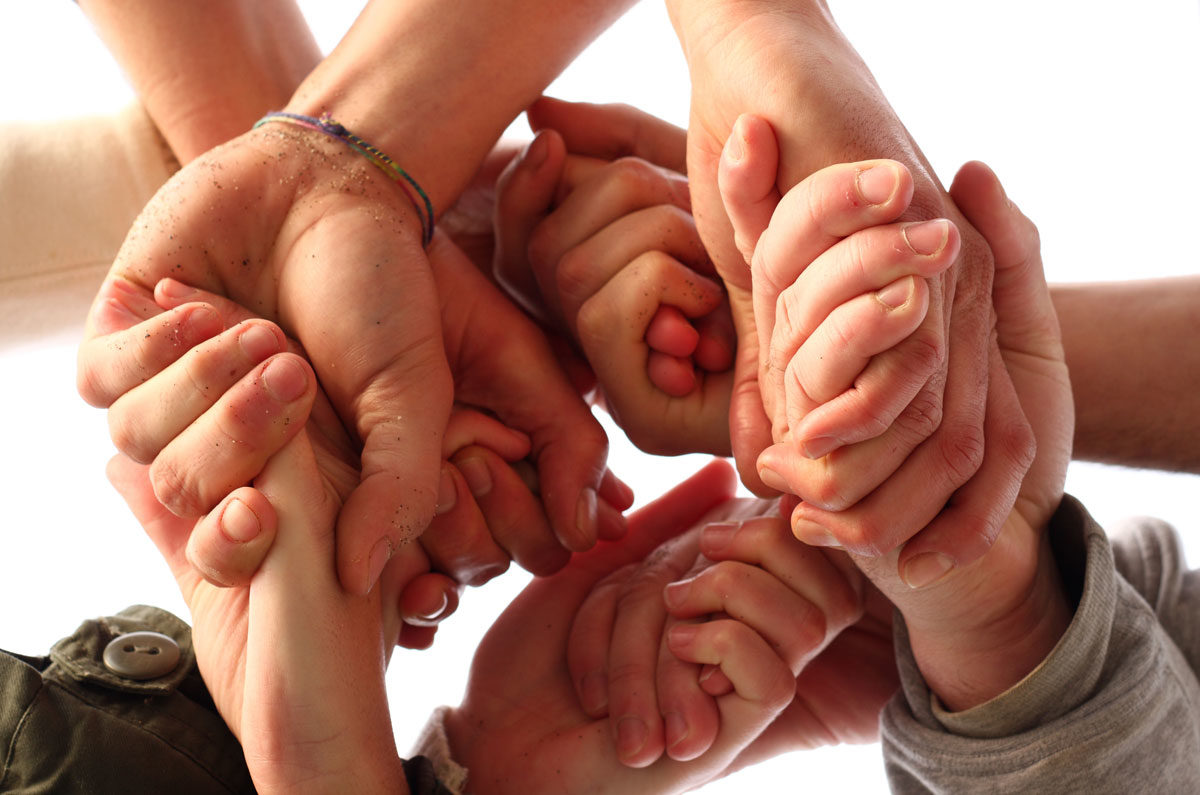Meet Isabella Fitzgibbon…as an eleven-year-old, Isabella was diagnosed with slipped capital femoral epiphysis (SCFE) of her left hip, a condition where the growth plate in the hip breaks, causing the femur to slip out of place.
As a kid, I never stopped moving. I was always running, climbing, and playing sports with my siblings. But at eleven, while kicking the footy around, I felt a sharp pain in my left leg. I limped home, saw the GP and physio, and was told it was just a muscle strain. But as the pain worsened over six weeks, I was sent for X-rays—and that’s when I got my diagnosis of SCFE.
Due to the blood supply of the femur being compromised, I was rushed to the hospital for surgery, which consisted of bilateral screws to my hips and crutches with no-weight bearing on my left leg for twelve months.
Despite this, sport remained my passion. Thanks to my older brothers, cricket became my game. By eighteen, I’d signed my first professional county cricket contract in Ireland, followed by two seasons in England. But then the pain returned AND my hip started ‘clicking’. Tests revealed severe osteoarthritis, a labral tear, femoroacetabular impingement, and hip dysplasia—all in my left hip. By 22, I was undergoing my third hip surgery.
They say the third time’s a charm. Unfortunately, that wasn’t to be the case. The surgery didn’t work. Within months, the pain and clicking were back. I’ve since seen specialists across Australia and New Zealand, all agreeing that I’ll eventually need a total hip replacement. The catch? You can only have a maximum of three in your lifetime, each lasting around fifteen years. So, for now, I’ve been advised to wait as long as possible and ‘manage’ my pain.
When it became clear I couldn’t keep playing cricket, I pivoted. I completed my Diploma in Sports and Remedial Massage, determined to stay in the game in some way. That led me to my dream job (at the time) —working as a Sports Therapist with the NRL. It was the perfect balance: I still got my professional sports fix, stayed part of a team, and worked closely with athletes. But just two years in, the physical demands of the job took their toll on my hip, and once again I had to step away from doing something I loved.
Whilst sport had always been my passion, I knew I wanted to make a difference. My interest in the health space and my lived experience could be the way that I would achieve this. Currently, I’m studying Health Promotion at Monash University and have joined MHA as a Project Officer, I love being part of the team here. My passion? Advocating for consumers navigating their musculoskeletal journey, raising awareness that these conditions affect people of all ages, and creating opportunities for everyone—no matter their condition—to keep moving.
I’m especially excited about using new and innovative strategies, including social media and AI to build awareness of the work we’re doing at MHA. I can’t wait to share more about the exciting projects we have lined up this year.
If you’d like to share your musculoskeletal story for our newsletter or social media, get to know me better, or join me in a chair-based workout, I’d love to hear from you! Reach out to me at: Isabella.fitzgibbon@muscha.org
Call our free national helpline
Call our team if you have questions about managing your pain, musculoskeletal conditions, treatment options, mental health issues, or accessing services. They’re available weekdays between 9 am – 5 pm on 1800 263 265; email (helpline@muscha.org.au) or via Messenger.
Read more
The Sydney Children’s Hospital Network SCFE information sheet

